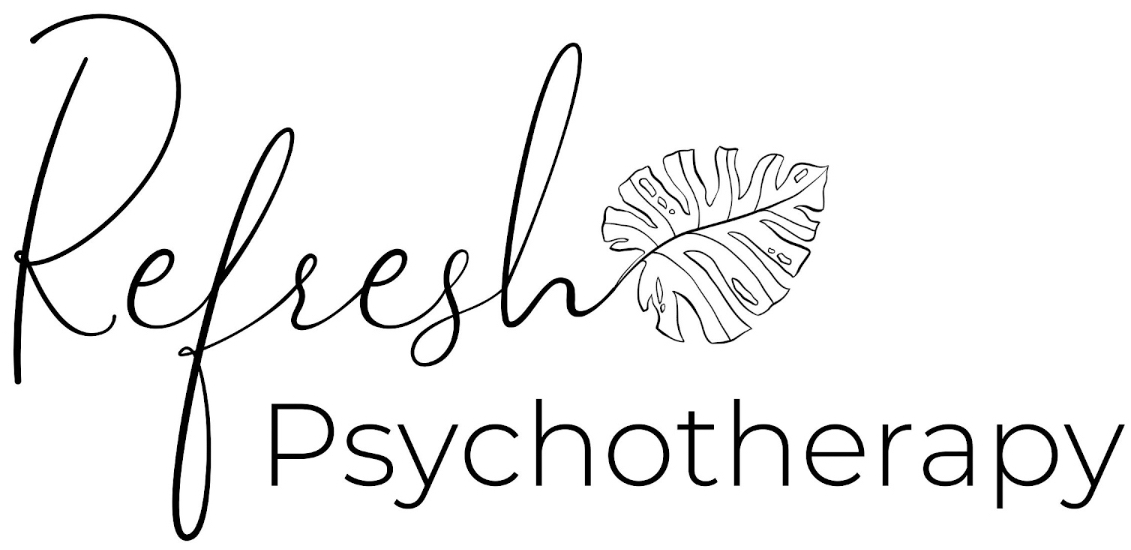
How to Tell If You’re Actually Healing in Therapy
If you’ve ever wondered, “Is this therapy even working?” you’re not alone. One of the most common questions clients ask—sometimes after a few sessions, sometimes after years—is whether they’re actually healing or just spinning their wheels. Therapy isn’t a quick fix, and it rarely feels like one. There are no instant results or universal milestones. But healing does happen—quietly, cumulatively, and often in ways you may not notice at first.
As a psychotherapist, I’ve seen firsthand how clients mistake discomfort for failure and expect transformation to look dramatic. In reality, healing is often marked by subtle shifts: you pause before reacting, you name your emotions more clearly, or you set a boundary you would’ve avoided last year. These are not small things. These are signs that the work is taking root.
In this article, we’ll explore what emotional healing really looks like, why it often feels confusing or incomplete, and how to know whether your therapy is actually working.
Why Healing Doesn’t Always Feel Like Healing
Most people associate healing with feeling better. But in therapy, healing can involve confronting the very things you’ve spent your whole life trying not to feel—grief, shame, anger, or fear. In fact, the early stages of effective therapy may feel worse than before you started.
This is because therapy dismantles your emotional autopilot. You begin to notice old patterns, unconscious beliefs, and unresolved pain that have been quietly running your life. That awareness is disorienting at first. But it’s also necessary.
The psychodynamic model refers to this process as “working through” (McWilliams, 2011). This means revisiting emotional themes repeatedly in order to metabolize them more fully over time. It’s not linear. It’s not comfortable. But it is how change happens.
The Myth of the Therapy Glow-Up
There’s a popular misconception—fueled by social media and self-help culture—that healing should look like a radical transformation. People imagine leaving therapy with perfect boundaries, crystal-clear self-worth, and zero anxiety. But real progress is often messier. You may still cry in your car. You may still second-guess yourself. You may even feel like you’re “backsliding.” But what’s changed is your awareness, your self-talk, and your recovery time.
Healing doesn’t mean becoming a different person. It means becoming more fully yourself, with more insight, more choice, and more capacity to hold discomfort without collapsing.
Common Signs You’re Actually Healing
Here are the signs therapists often look for to determine whether a client is truly progressing in therapy:
1. You react more slowly and recover more quickly.
You still feel triggered—but you catch it sooner. Maybe you pause before sending the angry text, or you notice the spiral and step out of it. This shows improved emotional regulation and nervous system flexibility (Porges, 2011).
2. You tolerate emotional discomfort instead of avoiding it.
Instead of numbing out, blaming others, or avoiding hard conversations, you sit with difficult feelings. You don’t like them, but you no longer feel controlled by them.
3. You recognize your patterns—in real time.
You begin to say things like, “This reminds me of how I felt as a kid,” or “This is the part of me that always tries to keep the peace.” Recognizing these patterns as they happen is a huge step toward interrupting them.
4. You feel less stuck in black-and-white thinking.
You can hold two truths at once: “I’m hurt, and I know they didn’t mean it.” Or, “This feels unfair, and I still have to deal with it.” Emotional nuance is a key indicator of healing.
5. You start to update your internal narrative.
You stop seeing yourself as broken or difficult and begin to understand your behaviors as adaptations. You shift from “What’s wrong with me?” to “What happened to me, and what can I do with that now?”
6. You’re more curious than reactive.
Instead of jumping into defensive mode, you begin to ask questions—of yourself and others. You want to understand, not just escape or win.
7. You begin to set boundaries—without needing to justify them.
Saying “no” becomes less loaded. You stop over-explaining or apologizing for taking care of your own needs.
8. You no longer rely on your therapist to “fix” you.
You show up as an equal in the room, bringing questions, insights, and challenges. You begin to trust your own internal compass.
9. You notice changes in your body.
Your sleep improves. Your breath is deeper. You feel less tension in your shoulders. Healing often shows up somatically, as the nervous system recalibrates to safety.
10. You bring hard things into the room—and stay.
You don’t ghost when things get tough. You name ruptures. You share anger or disappointment. This means you’re learning to repair, not just retreat.
Why Healing Can Feel Boring, Frustrating, or Pointless
If therapy doesn’t always feel “good,” what does it feel like? Sometimes: boring. Or repetitive. Or like you’re just talking in circles. This is not unusual—and often, it’s a sign that deeper integration is underway.
Clients often expect big breakthroughs each session. But healing doesn’t require constant insight. It requires repetition, consistency, and safety. Like physical therapy, change happens through ongoing relational work, not just intellectual “aha” moments.
Also, many clients don’t recognize progress because they’ve been conditioned to associate emotional growth with productivity or visible results. But mental health doesn’t always yield measurable outcomes. It often shows up as:
- Fewer panic attacks
- More neutral days
- Less emotional whiplash
- Clearer self-talk
- More present relationships
How the Therapeutic Relationship Reflects Healing
One of the most underappreciated signs of healing is a shift in how you relate to your therapist. Early on, many clients idealize the therapist or fear disappointing them. Over time, a more complex relationship forms—one where rupture and repair become possible.
If you’re willing to say things like:
- “I didn’t feel heard last session.”
- “I’m scared to tell you this.”
- “I’m angry at something you said.”
That means you’re practicing new relational patterns in a secure space. This isn’t a detour from the work—it is the work.
Research consistently shows that the therapeutic alliance is one of the most important predictors of positive outcomes (Wampold, 2015). A good therapist will not only tolerate your full emotional range—they’ll help you hold it with less fear and more agency.
When You’re Not Sure You’re Healing
Not feeling like you’re healing doesn’t necessarily mean you’re not. But it can be a cue to check in with yourself and your therapist.
You might ask:
- Are we revisiting the same issues without new insight?
- Have I stopped challenging myself in session?
- Do I feel emotionally safe—but also emotionally stagnant?
- Have I shared my uncertainty with my therapist?
A strong therapist won’t be defensive. They’ll explore your questions with you—and be open to adjusting the work, referring you elsewhere, or naming resistance if it’s present.
Therapy Is Working If You…
- Understand yourself more deeply
- React less destructively
- Communicate more clearly
- Stay connected during hard emotions
- Make choices that reflect your values
- See yourself as worthy of care—not just survival
Even if no one else notices. Even if you don’t always believe it. These are signs that something is shifting.
How Therapy at Refresh Psychotherapy Can Help
At Refresh Psychotherapy, we work with people who are tired of surface-level support. Our therapists are trained to spot subtle signs of growth and to help you build a toolkit that reflects your goals—not just your symptoms. Whether you’re in the middle of deep emotional work or just starting to untangle your history, we’ll help you track the real shifts—so you can stop wondering if you’re healing and start seeing the evidence for yourself.
Written by: Keeley Teemsma, LCSW, MA
Works Cited
Etkin, A., Büchel, C., & Gross, J. J. (2015). The neural bases of emotion regulation. Nature Reviews Neuroscience, 16(11), 693–700.
McWilliams, N. (2011). Psychoanalytic Diagnosis: Understanding Personality Structure in the Clinical Process (2nd ed.). The Guilford Press.
Porges, S. W. (2011). The Polyvagal Theory: Neurophysiological Foundations of Emotions, Attachment, Communication, and Self-regulation. W. W. Norton & Company.
Wampold, B. E. (2015). How important are the common factors in psychotherapy? An update. World Psychiatry, 14(3), 270–277.
